As an investigator, you know that every piece of evidence counts when it comes to solving crimes. One powerful tool at your disposal is CCTV analysis. With the rise of surveillance cameras, crime scene forensics has reached a whole new level. In this blog post, we will explore the power of crime scene forensics through CCTV analysis and how it can help unlock crucial clues in criminal investigations. From identifying suspects to reconstructing events,
CCTV footage can provide invaluable evidence that can make or break a case. So grab your detective hat and join us as we delve into the fascinating world of crime scene forensics and the power of CCTV analysis.
The Role Of Forensic Experts In Analyzing CCTV Footage For Crime Scene Forensics
Forensic experts play a crucial role in analyzing CCTV footage as part of criminal investigations. Their expertise lies in the ability to meticulously examine and interpret video recordings to uncover valuable clues that can help solve crimes. By carefully studying the footage, forensic experts can identify individuals, track their movements, and establish timelines of events.
They use advanced techniques and software to enhance video quality, zoom in on specific details, and analyze patterns or anomalies that may have gone unnoticed. Their findings can provide critical evidence in court and contribute to the successful prosecution of criminals. Through their meticulous work, forensic experts bring justice to victims and help ensure the safety of communities.
Techniques Used To Enhance And Analyze CCTV Footage
Techniques used to enhance and analyze CCTV footage include:
- Video enhancement: This technique involves adjusting the brightness, contrast, sharpness, and color saturation of the footage to improve visibility and clarity.
- Frame stabilization: By removing camera shake or vibration, frame stabilization helps create a smoother and clearer video.
- Image resizing: Resizing the image can help zoom in on important details or areas of interest, making it easier to identify individuals or objects.
- Time-lapse analysis: This technique involves speeding up or slowing down the playback speed of the footage to observe patterns or detect subtle movements that may not be apparent in real-time viewing.
- Facial recognition: Using specialized software, facial recognition technology can be applied to CCTV footage to identify and match faces with existing databases or watchlists.
- Object tracking: By tracking the movement of specific objects or individuals across multiple frames, object tracking can provide valuable information about their actions or whereabouts.
These techniques are essential tools for forensic investigators and law enforcement agencies in analyzing CCTV footage and uncovering crucial clues that can help solve crimes.
Legal Considerations When Using CCTV Footage In Criminal Investigations
When using CCTV footage in criminal investigations, it is important to consider the following legal considerations:
- Obtain Proper Authorization: Ensure that you have the necessary legal authority or consent to access and use the CCTV footage as evidence. This may involve obtaining a search warrant or consent from the owner of the premises where the footage was captured.
- Adhere to Privacy Laws: Respect privacy laws and regulations when using CCTV footage. Be mindful of individuals’ rights to privacy and avoid using or disclosing any footage that is not directly relevant to the investigation.
- Chain of Custody: Maintain a proper chain of custody for the CCTV footage, documenting who has accessed it and ensuring its integrity throughout the investigative process. This will help establish its admissibility as evidence in court.
- Authenticity and Reliability: Verify the authenticity and reliability of the CCTV footage. This may involve confirming that the time-stamps are accurate, assessing the quality of the footage, and ensuring that it has not been tampered with or edited.
- Compliance with Data Protection Laws: Ensure compliance with data protection laws when handling CCTV footage, particularly if it contains personal information. Take appropriate measures to safeguard this information and only retain it for as long as necessary for investigative purposes.
- These legal considerations, investigators can effectively utilize CCTV analysis as a powerful tool in unlocking clues and gathering evidence in criminal investigations.
Lastly
Crime scene forensics and CCTV analysis play a crucial role in solving crimes and uncovering valuable clues. By utilizing the power of crime scene forensics, investigators can analyze CCTV footage to identify suspects, track their movements, and gather evidence that can be used in court.
However, it is important to remember that compliance with data protection laws is essential when handling CCTV footage, especially if it contains personal information.
Safeguarding this information and adhering to legal requirements will ensure the integrity of the investigation. If you require professional services related to crime scene forensics or CCTV analysis, please reach out to us for assistance.
Our team of experts is here to help you unlock the power of these investigative techniques and bring justice to those who deserve it.




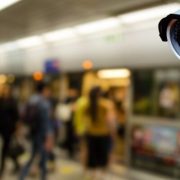

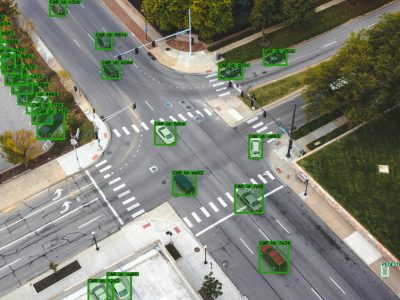
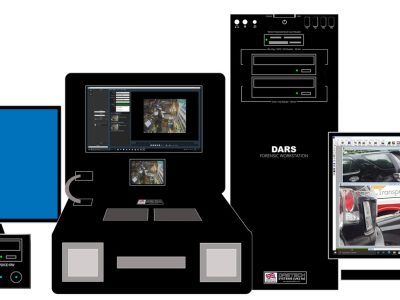
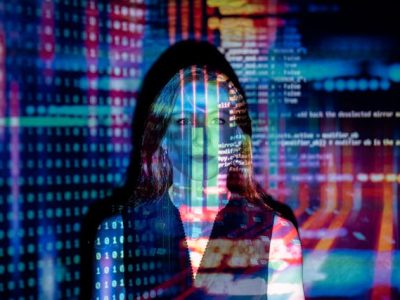
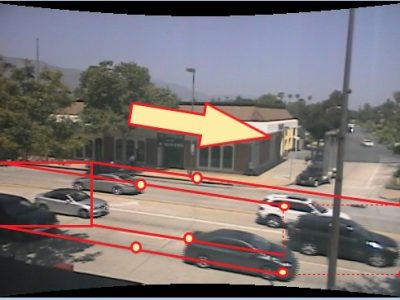

Comments